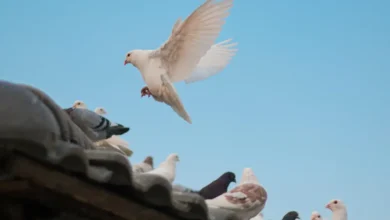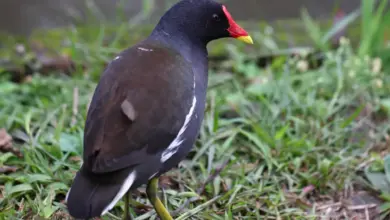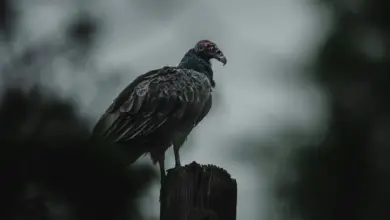Angel Wing or Slipped Wing is a disease that primarily affects waterfowl. This condition is more commonly observed in swans and geese, and is to a lesser extent reported in ducks.
[ez-toc]
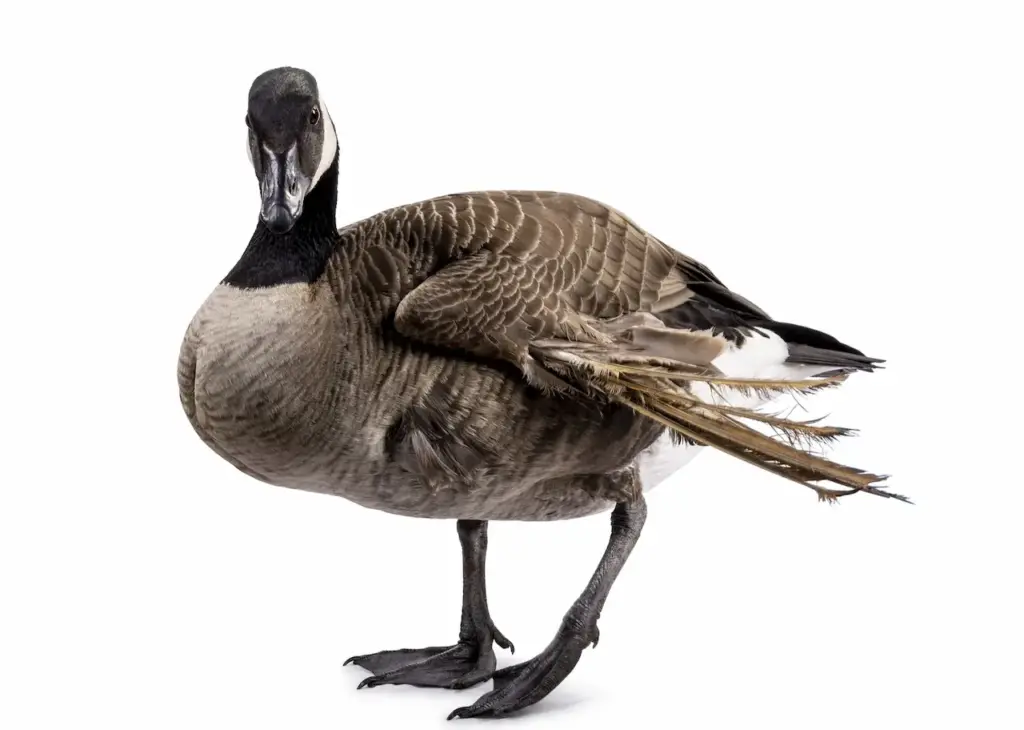
Angel Wing or Slipped Wing is a disease that primarily affects waterfowl. This condition is more commonly observed in swans and geese, and is to a lesser extent reported in ducks.
This condition is known by a variety of names, including:
- Angel wing
- Aeroplane or airplane wing
- Carpal deformity
- Carpometacarpal deformity
- Crooked wing
- Drooped wing
- Dropped wing
- Flip wing
- Heeled-over wing
- Reversed wing
- Rotating wing
- Slipped wing
- Spear wing
- Sword wing
- Straw wing
- Tilt wing
- Valgus carpal deformity
Symptoms:
The deformed wing developed during growth, resulting in one or both wings sticking out from the body leaving the bird unable to fly. The left wing is more commonly affected than the right wing.
This condition becomes apparent while the flight feathers are growing, with the weight of the primary feathers appearing to be too great for the carpal joint muscles, leading to the dropping wing tip. The primary flight feathers may become damaged.
Angel wing symptoms include stripped flight feathers in the wrist area, or remiges (flight feathers – typically only visible in flight) protruding from wings at odd angles. In some cases, the stripped feathers may resemble sickly blue straws protruding from wings.
Causes:
The disease manifests as an incurable anatomical condition which is acquired in young birds.
-
- Dietary Factors: May be caused by a high-calorie diet, especially one high in proteins and/or low in vitamin D, vitamin E and manganese, one or both carpus (wrist) joints are retarded in their development relative to the rest of the wing
- Canada geese fed high protein levels (20%) developed the condition more frequently than those fed lower protein diets (Ref. 1984 Kreeger, T.J. and Walser, M.M. Carpometacarpal deformity in giant Canada geese [Branta canadensis maxima Delacour] 20 245-248)
- Domestic breeds, which have been bred for rapid weight gain, appear more susceptible.
- Dietary Factors: May be caused by a high-calorie diet, especially one high in proteins and/or low in vitamin D, vitamin E and manganese, one or both carpus (wrist) joints are retarded in their development relative to the rest of the wing
-
- Growth Factors: Thought to be related to excessively fast growth in relatively slow-growing temperate and tropical species. Rapid growth of flight feathers (primaries: longest wing feathers – and secondaries: shorter, upper “arm” feathers), exceeds the development of the supporting tissues of the wing.
- Temperate and tropical species are naturally slower growing and appear to be more susceptible. This condition has not been reported in species which breed in the high Arctic and have naturally very high growth rates.
- Growth Factors: Thought to be related to excessively fast growth in relatively slow-growing temperate and tropical species. Rapid growth of flight feathers (primaries: longest wing feathers – and secondaries: shorter, upper “arm” feathers), exceeds the development of the supporting tissues of the wing.
-
- Incubation: A possible role of incorrect incubation conditions and/or hatching problems has also been suggested.
-
- Injury: Mechanical damage to the wing may precipitate the problem in some cases.
- Genetics:
- Males may be more susceptible than females.
- It is also possible that the cause could be genetic, as the same breeding pair can produce several Angel Wing chicks over many broods
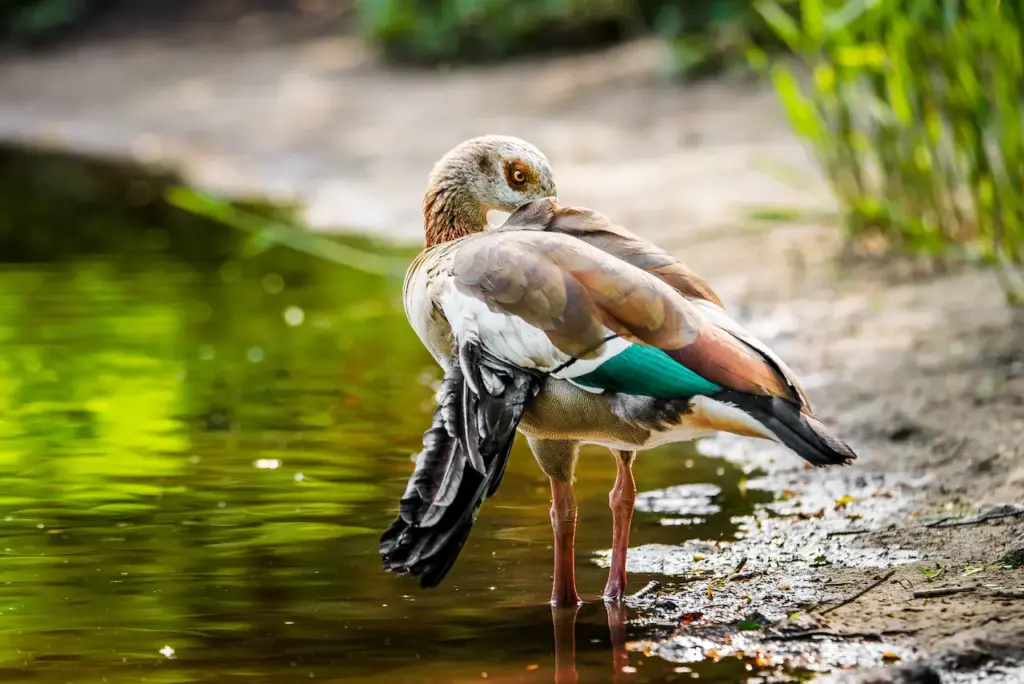
Possible Treatments (discuss with vet):
-
- In adult wild birds the disease is incurable and usually leads to an early death as affected birds are rendered effectively or totally flightless.
-
- In young birds wrapping the wing and binding it against the bird’s flank for a few days, together with feeding the bird a more natural diet, can reverse the damage.
- If diet is the primary issue, reducing the protein by adding wheat to the birds’ feed may be recommended. A diet that provides sufficient amounts of vitamin D (the “sunshine” vitamin), vitamin E and manganese may also be indicated.
Researched by
Species Research by Sibylle Johnson
Information contained on this website is provided as general reference only. For application to specific circumstances, professional advice should be sought.
Please Note: The articles or images on this page are the sole property of the authors or photographers. Please contact them directly with respect to any copyright or licensing questions. Thank you.
